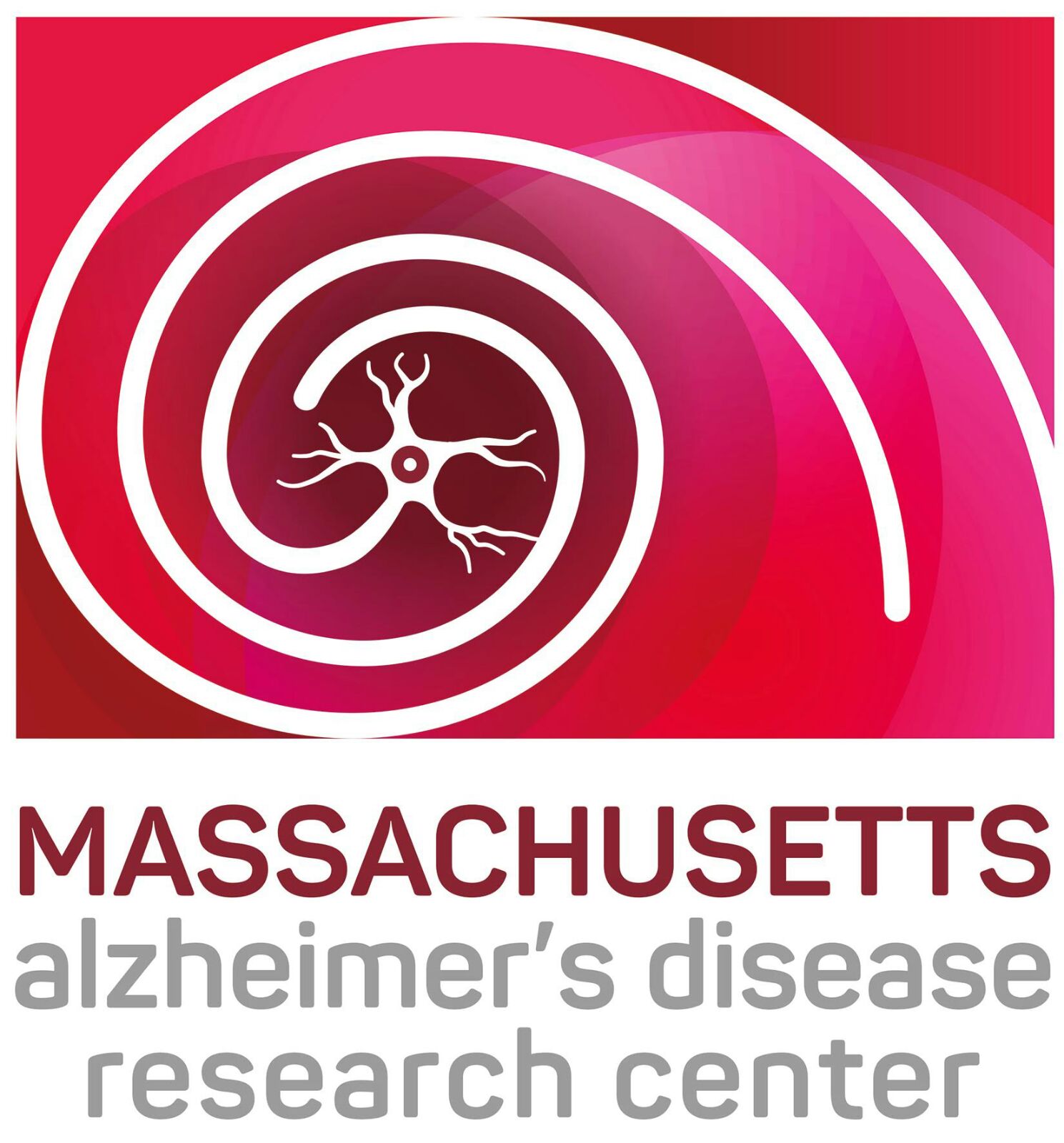Researchers led by Yakeel Quiroz at Massachusetts General Hospital in Boston have used PET imaging to measure both Aβ and tau deposition in members of a large Colombian kindred affected by an autosomal-dominant Alzheimer’s disease mutation. On average, family members who inherit the mutation develop symptoms by the age of 44. In the February 12 JAMA Neurology, Quiroz and colleagues report that Aβ starts to accumulate in the neocortices of carriers 10 to 15 years prior, whereas tau deposits emerge in the medial temporal lobe about six years prior and spread from there into the cortex even later, once people start to have trouble with memory. The new findings support the idea that Aβ instigates the spread of tau pathology beyond the medial temporal lobe, and that this spreading process is intimately connected with the cognitive manifestations of AD. Co-author Keith Johnson and colleagues recently came to the same conclusion after analyzing longitudinal data from people with late-onset AD (Feb 2018 news).
“This [study] helps us to better understand the preclinical trajectory of this early onset autosomal-dominant disease tightly linked to amyloid overproduction as its driving force,” commented Samuel Lockhart of Wake Forest University in Winston-Salem, North Carolina.
“This study adds to a growing appreciation for the utility of biomarkers in identifying preclinical AD,” said Samantha Burnham of Commonwealth Scientific and Industrial Research Organization in Canberra, Australia. She added that the close association between tau accumulation and cognitive symptoms suggests that tau PET imaging might be a useful marker of treatment response in clinical studies.
Research from several groups has shown conclusively that the pathological process of AD begins many years prior to the first signs of forgetfulness. Understanding more about the preclinical course of the disease is crucial for the development of biomarkers and effective treatments. People with autosomal-dominant AD mutations are destined to have AD, and people who inherit the same mutation tend to have similar ages at onset.
www.alzforum.org/news/research-news/familial-alzheimers-tau-creeps-corte…
